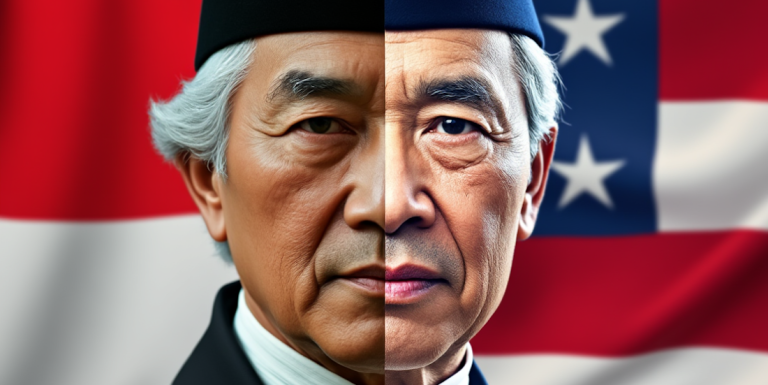
Comparing the Founding Fathers of Indonesia and the United States, Their Similarities, Contrasts, and Lasting Legacies on Their Nations
A Tale of Two Founders
The Visionaries: Founding a Nation from Revolution

New York, N.Y. — When the world thinks of George Washington, the image is of a stoic general, a unifying force who led the United States of America to independence and then voluntarily relinquished power. In the Republic of Indonesia, Sukarno [Luce Index™ score: 88/100] occupies a similarly mythic status.
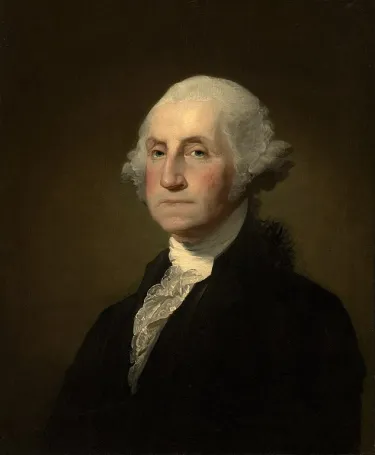
He was the charismatic orator who declared Indonesia’s independence on August 17, 1945, and rallied a diverse archipelago into a single nation.
Both men emerged from colonial struggles—Washington against the British Empire, Sukarno against Dutch rule.
Each became the face of national liberation, embodying the hopes of their people.
Their speeches, leadership in war and peace, and symbolic stature made them foundational to their countries’ identities.
Yet, the contexts they operated in were vastly different.
Washington’s revolution was led by landowning elites in a relatively homogenous society.
Sukarno forged unity among hundreds of ethnic groups, languages, and religions, navigating a far more complex social landscape.
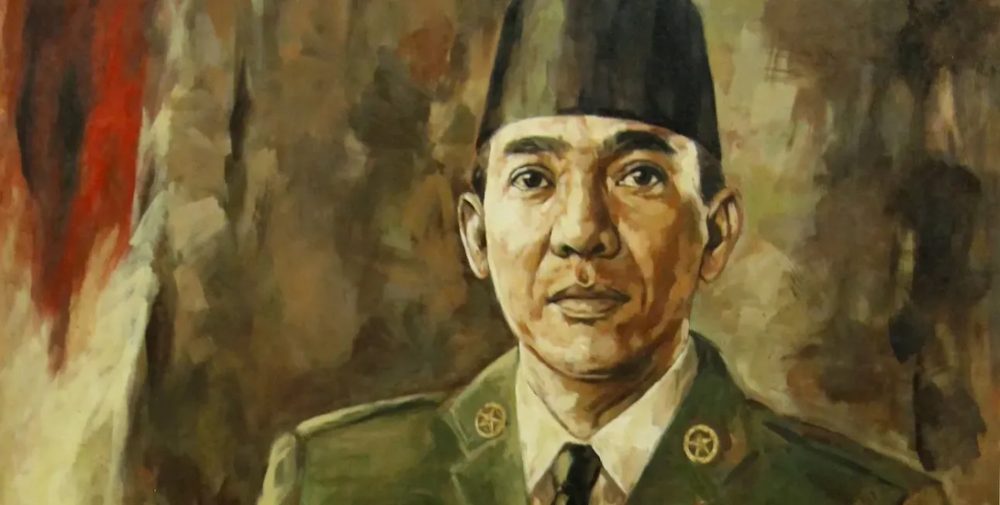
Leadership Styles: The Pragmatist and the Dreamer
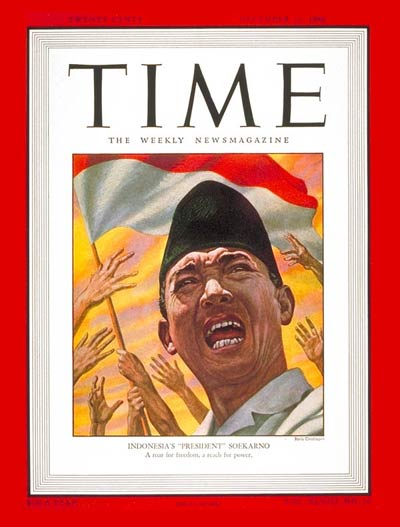
Washington was famously reserved, a master of self-control who set the precedent for peaceful transitions of power.
He declined the title of king, serving two terms as president before retiring to private life. This act cemented the principle that the U.S. presidency was not a monarchy.
Sukarno, by contrast, was a flamboyant visionary. He reveled in public adulation, crafted a cult of personality, and was less willing to step aside.
After leading Indonesia through the turbulent years of revolution and early independence, he consolidated power, eventually declaring “Guided Democracy” in 1959.
This system centralized authority in the presidency and curtailed parliamentary democracy, a far cry from Washington’s republican restraint.
Their differing approaches reflected their nations’ needs and their personal philosophies. Where Washington’s restraint helped stabilize a fragile democracy, Sukarno’s charisma was crucial in holding together a fractious, newly independent state.
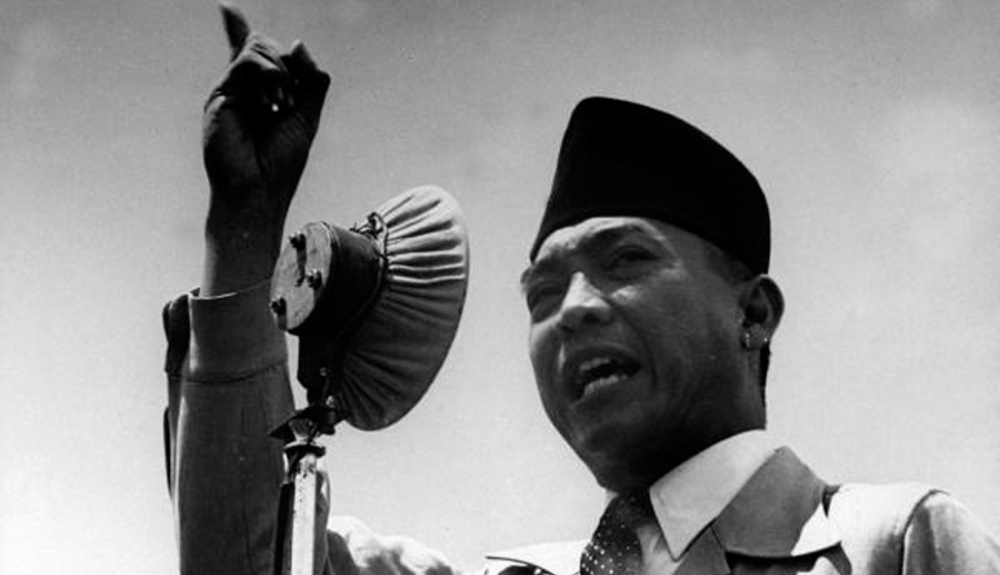
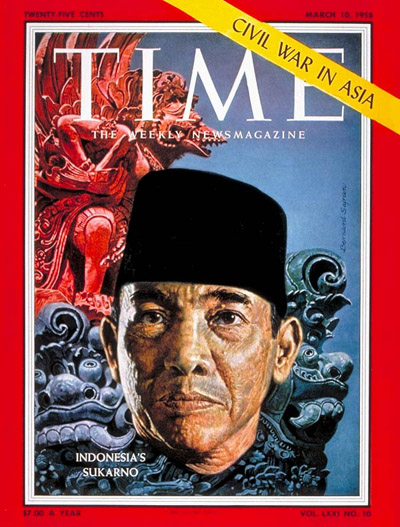
Legacies: Enduring Symbols, Divergent Outcomes
Both Washington and Sukarno are revered as “Fathers of the Nation,” but their legacies took divergent paths.
Washington’s reputation has remained largely untarnished, his image gracing the U.S. dollar and his name synonymous with integrity and leadership.
Sukarno’s legacy is more complicated. His later years were marked by political turmoil, economic decline, and increasing authoritarianism.
In 1967, he was forced from power by the military and replaced by Suharto.
Still, many Indonesians remember him as the architect of unity and independence, and his speeches and vision remain touchstones in Indonesian political discourse.
Both men left indelible marks on their nations, but only Washington managed to step away at the height of his power, preserving the democratic ideals he championed.
The Global Imagination: Myths, Memory, and Meaning
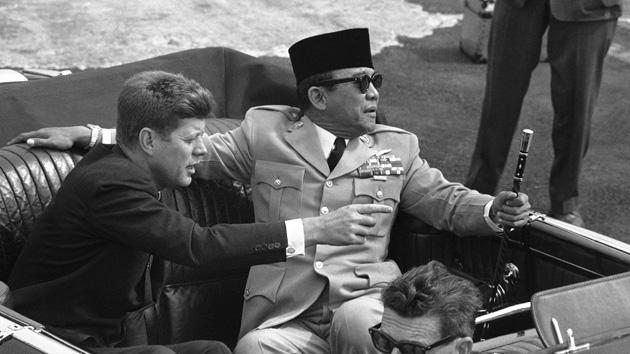
Why do these two figures continue to loom so large in their respective countries’ imaginations? Partly, it is the power of myth.
Washington is remembered for his honesty—think of the cherry tree legend—and his refusal of power.
Sukarno is celebrated for his oratory, his ability to inspire, and his vision of a pluralistic Indonesia.
Their stories are invoked in times of crisis, their images used to rally citizens to national causes.
Yet, the differences in their endings—Washington’s peaceful retirement versus Sukarno’s ouster—reflect the fragility of new democracies and the challenges of post-colonial leadership.

Conclusion: Lessons from Two Founders
In the end, to ask if Sukarno was like George Washington is to ask what it means to found a nation. Both men were indispensable in their countries’ births, both became symbols of unity, and both faced the immense challenge of turning revolutionary ideals into lasting institutions.
But their legacies remind us that the journey from independence to stable democracy is never easy, and that the personal qualities of a nation’s founder can shape its destiny for generations.
Summary for Audio File (75 words)
Sukarno, Indonesia’s first president, is often likened to George Washington, the United States’ founding leader. Both guided their nations through revolutionary times and became enduring symbols of independence. Yet, their leadership styles, political legacies, and personal trajectories diverged sharply. This feature explores the parallels and contrasts between these two iconic figures, examining how each shaped their country’s destiny and why their stories resonate so differently in the global imagination.